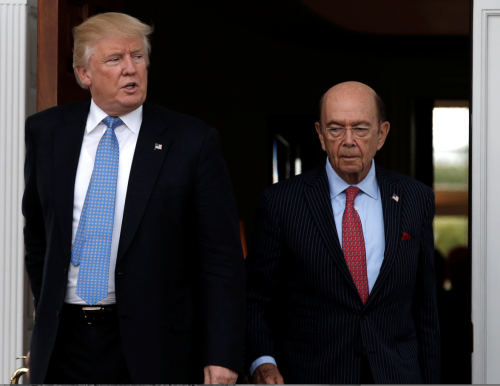My first experience with manias was in the 1950’s. As a pre-schooler, I was dragged along to the Filene’s Basement annual designer dress sale. Thousands of women of all types and sizes pressed against the glass doors opening into the subway station. Within minutes of the doors opening, these “maniacs” cleared all the racks and, holding armfuls of dresses, began stripping to their slips. That’s when I panicked.
Looking back, those women acted rationally. There was a limited supply of deeply discounted dresses available on a first come basis. They traded among themselves to get the right size and their most desired dress. Buyer’s remorse was cushioned by Filene’s liberal return policy.
The premise of U.S. financial regulation is that actors within private markets are irrational, but the evidence shows that it’s not maniacal, illogical behavior that sends markets into freefall.
Great Depression and Recession
Now in its seventh edition, Manias, Panics and Crashes: A History of Financial Crises, Charles Kindleberger’s seminal work provides the narrative that underlies virtually all public financial protection and regulation: First, the irrational exuberance of individuals transforms into “mob psychology” and fuels an asset bubble. Then, when the exuberance of a few turns to fear, the mob panics and overreacts, causing a crash that brings down both solvent and insolvent financial institutions.
In his memoir, the former Federal Reserve Bank President and Treasury Secretary Timothy Geithner, who was at the epicenter of the last crisis, concluded, “It began with a mania — the widespread belief that devastating financial crises were a thing of the past, that future recessions would be mild, that gravity-defying home prices would never crash to earth.”
Most U.S. federal financial regulation originates from the Great Depression and the subsequent introduction of federal deposit insurance provided by the Federal Deposit Insurance Corporation (FDIC), which was established in 1933 to protect “small” savers. All prior state attempts to provide insurance failed. Because there were no effective, non-politicized regulations that could prevent the moral hazard of insured banks and savings institutions taking on excessive risks, an extensive regulatory infrastructure was put in place.
Rational Actors
Now, the U.S. has about 100 financial regulators, including those in the U.S. Treasury and the Securities and Exchange Commission (SEC), the FDIC, and the Fed. With near-universal deposit insurance, bank runs have become a rarity, but systemic crises have occurred more frequently. It is incontestable that big bubbles eventually burst, asset prices crash, and financial crises ensue. What causes the bubbles to inflate to systemic proportions, and to ultimately burst, is more contentious.
At the time of Kindleberger’s analysis, individuals were assumed to be rational. The latest edition of his book, written after the 2008 financial crisis, postulates numerous theories about mob psychology (mania) that could lead rational individuals to produce irrational markets, but these ideas are all rather lame.
Read more


